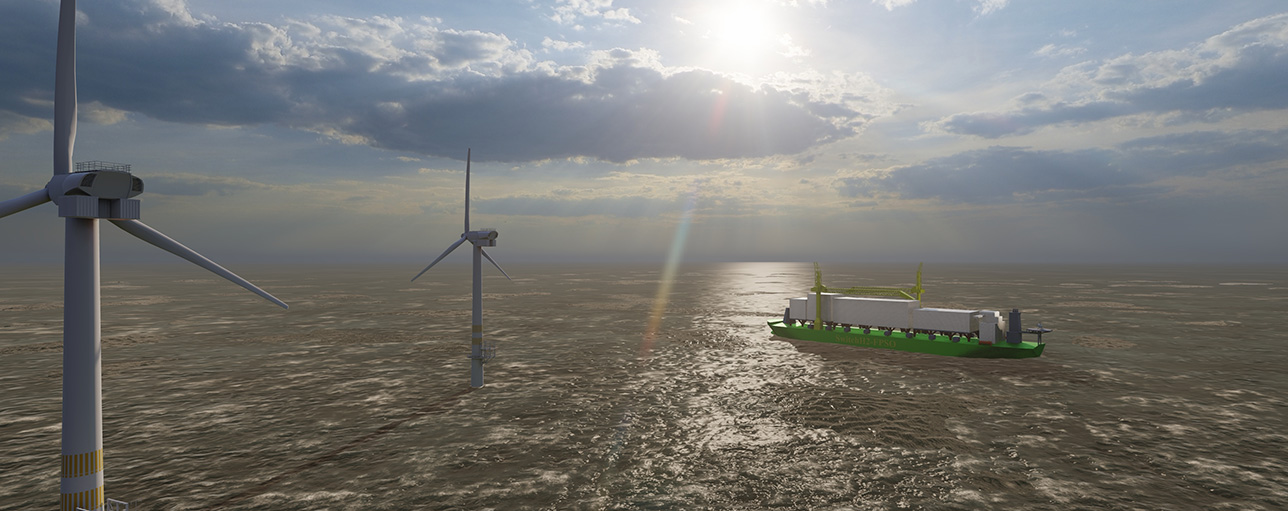Dutch firm SwitchH2 and Norway-based FPSO owner BW Offshore, a part of BW, have secured approval in principle from classification society DNV for an ammonia floating production unit.
Following the AiP for the industrial scale concept, the project is now ready to start the basic design phase, DNV said in a statement.
The so-called NH3 FPSO concept includes a conversion of an existing very large crude carrier (VLCC) or a dedicated newbuild vessel.
Receiving power primarily from a wind farm, the unit will produce hydrogen by electrolysis of seawater and nitrogen through the use of an air separation unit, combining these in an ammonia synthesis unit, DNV said.
Moreover, the ammonia gas produced by the unit will be condensed, and the liquid ammonia will be stored in the hull in order to be subsequently offloaded to an ammonia carrier.
According to DNV, the plan is to permanently moor the NH3 FPSO, but there is an option to relocate the unit as necessary through planned disconnect.
Also, the offloading from the unit will take place via a floating hose, reeled from the aft ship to the shuttle ammonia carrier midship manifold, it said.
Bob Rietveldt, member of the management board of SwitcH2, welcomed the AiP and said that the firms will now work with DNV in the next stages of the project.
“At BW Offshore, we leverage our offshore experience to support and expedite the energy transition by engineering next generation floating production solutions,” Fredrik Savio, SVP project development at BW Offshore, said.
“Achieving this AiP is an important milestone and an encouraging step towards a cleaner energy mix,” Savio said.

